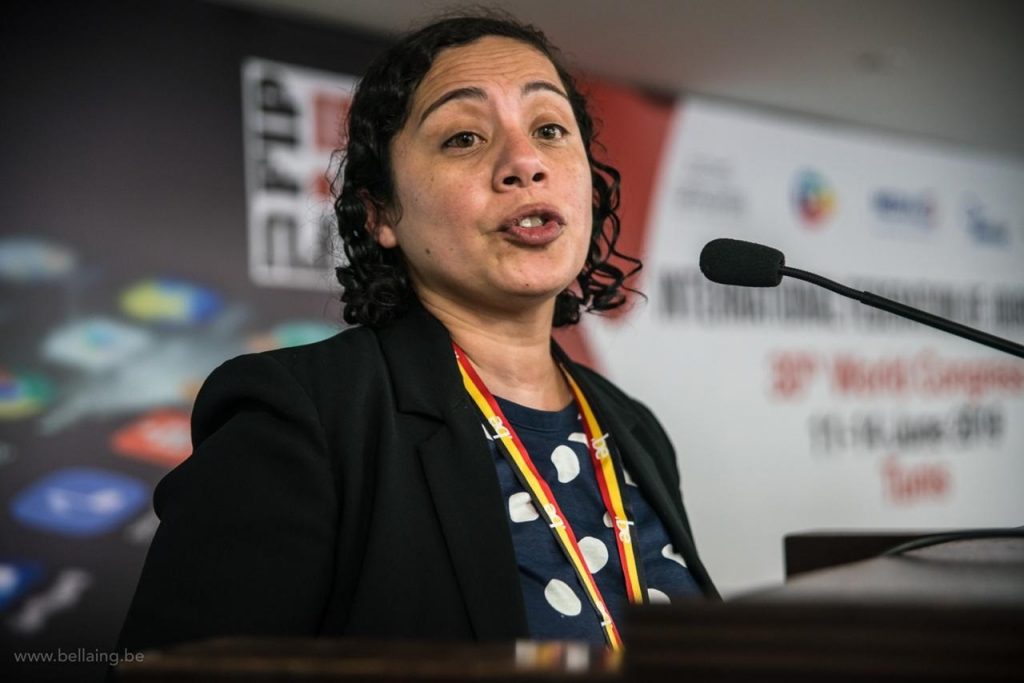2019 has been a year of profound paradoxes. Alongside the marked prominence of investigative journalism, journalists have confronted – in the street and in the networks – clear attempts to silence them. It has been a year of revaluation of the sense of journalism among the people and of a daring attack of groups of political, economic and religious power.
A mosaic-portrait of this year should contain the faces of the IDL Reporters team, Paola Ugaz and the journalists of the provinces who must be mentioned by name and surname and on whom we have to put spotlights. The profound orphanhood in which they face aggressions, complaints and threats is deeply linked to the precarious work in which journalism is exercised where there is more vocation than means to earn a living. The working conditions of journalists consist of a safety component. Which journalist is in the economic capacity to face a judicial process? The economic factor becomes a suppressor. There is no company behind it that takes over the legal defense. Only the professional association becomes supportive in devastating situations. We should not continue to normalize the fact that a correspondent in regions is still linked to the environment with the euphemism of « collaborator » or « content provider. »
Although physical aggression and verbal attack has been prevalent this 2019, the complaints continue in an upward curve, reaffirming the trend of the last decade. And it is not only the possibility of effective jail, it is also about civil repairs costing millions that would result in economic ruin and media extinction. The requirement of 100 millions of dollars to journalists Edmundo Cruz and Oscar Castilla de Ojo Público (already dismissed) or that of one million soles to the newspaper La República, evidences the spirit of the complainants.
The biased debate of a law text on the allocation of official advertising was one of the focuses of the regional media this year. The way out of the distribution problem – if the problem exists – is not to focus the hiring on the so-called media centers that operate mostly from the capital of the Republic. The model becomes inapplicable in the most remote areas of the country where state advertising is usually the main source of subsistence for concessioned journalistic spaces and small media.
The persistent social conflict, especially in the south of the country and in Lima, has evidenced the level of vulnerability that colleagues have when covering this type of event. Stigmatization from the side of manifestations and hostile attitude of police officers. Physical aggressions, obstacles in the covering, are not and should not be assumed as hazards of the job. The aggressions go from less to more and if we tolerate a slap in the camera or a push of those guarding order, the history can lead to rubber bullets to the face and loss of vision, as has happened in previous years.
Cyberbullying has been another obstacle – especially – for women journalists. A land with confusing regulation and platforms like Facebook that have the control to raise or lower the finger to a troll. A fertile space for personal and family harassment.
It has been a troubled year, but one in which the citizens have valued the need for journalism that investigates, reveals and rebels. Journalism is about fighting against powers that prefer silence. The bill to be paid is high: murder, physical aggression, harassment, bullying, discredit and even economic ruin. The only balm is the solidarity that we can and must lavish without meanness.
Written by: Zuliana Lainez
General Secretary – National Association of Journalists of Peru (Asociación Nacional de Periodistas del Perú – ANP)





